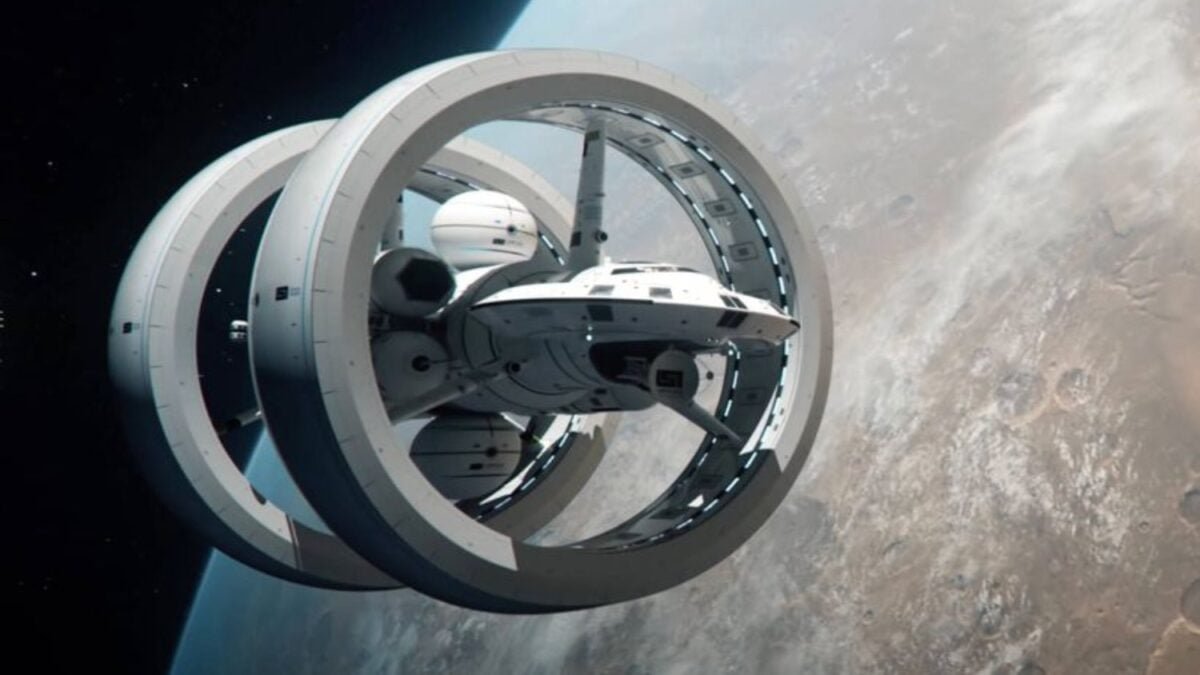Physics Dares to Imitate Star Trek: Propulsion System with Faster-Than-Light Capability Moves from Concept to Reality

Nearly sixty years ago, the concept of intergalactic travel becoming a reality began to take shape, sparking curiosity and inspiring generations of physicists to explore the possibility of bending space and exceeding the speed of light. Today, this once far-fetched idea is being reexamined with a new perspective and determination to make it a reality.
Revisiting the Concept
In 1994, physicist Miguel Alcubierre introduced a groundbreaking study proposing a method for spacecraft to travel faster than the speed of light without violating the laws of relativity. This theoretical framework involved compressing space-time in front of the spacecraft and expanding it behind, but faced significant challenges due to the requirement of “negative energy” not found in nature. Despite initial setbacks, a new generation of researchers has taken up the mantle to explore alternative approaches.
Exploring New Possibilities
By reconsidering the fundamental assumptions of the warp drive concept, scientists have developed a revised model that eliminates the need for negative energy and exotic matter. This new approach allows for the creation of a warp bubble where space-time inside remains flat and habitable, while the exterior deforms to generate a gravitational field. Although still requiring a substantial amount of energy, this innovative design adheres to the principles of relativity and presents a promising avenue for further investigation.
Pushing the Boundaries of Space Travel
Through the analogy of the universe as an elastic fabric, researchers envision manipulating space itself to propel spacecraft forward, rather than relying on traditional propulsion methods. By creating a “warp deformation” bubble within the known laws of physics, scientists are exploring the feasibility of accelerating, decelerating, and stabilizing this theoretical technology. Recent studies have even suggested that the collapse or disruption of a warp field could produce detectable gravitational waves, offering a potential signature of advanced civilizations utilizing such propulsion systems.
In the quest to turn science fiction into reality, the barriers between imagination and innovation are starting to blur. As the next generation of physicists and scientists continue to push the boundaries of what is possible, the dream of interstellar travel moves closer to becoming a tangible achievement. The legacy of shows like Star Trek is not just in entertainment but in inspiring us to strive towards the seemingly impossible, challenging us to redefine the limits of our understanding of the universe.




